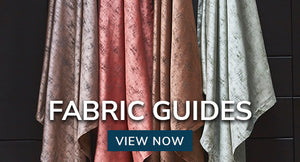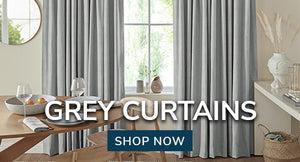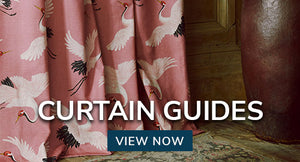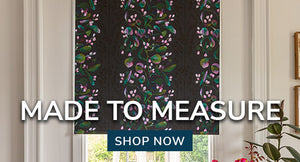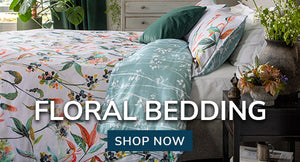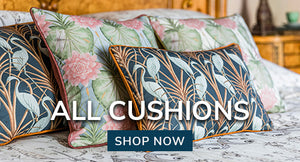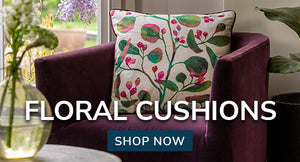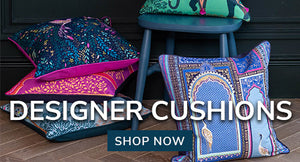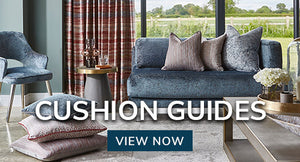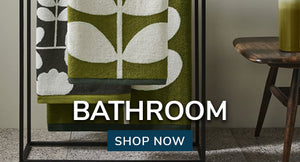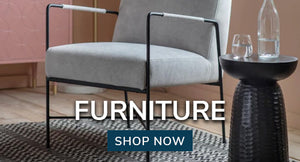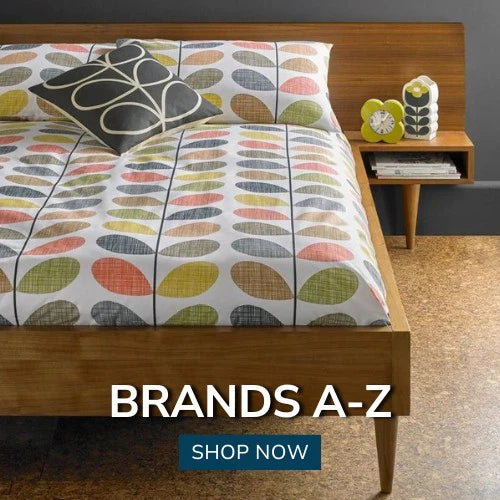Creating a georgian style interior
Still a huge favourite in British homes, the Georgian style we know today is actually an amalgamation of three different styles. The Georgian period spanned roughly for a hundred years and during century, England saw three different King Georges sit on the thrown, each popularizing his own particular taste in interior design.
Starting life as a reaction to the more European baroque style, Georgian design went through many incarnations before settling into the regent style we now know and love. Taking an interest in fashion and interiors was very much the order of the day; entertaining was becoming more popular and print books containing designs and architectural models were becoming available to the public for the first time.
Though an ever changing, chameleon of a style, Georgian design did have some cornerstones. Harmony and symmetry were always apparent, as was a feeling airiness and space. Colours were pale and woodwork featured strongly- with emphasis on delicately carved furniture. Improved transportation methods also meant many of the social elite- who were the trendsetters of the day at the top of the trickle-down system- were partaking in what was known as the Grand Tour.
More than a mere holiday, this trip could last up to three years, allowing the aristocracy to soak up the culture of Italy, France or even Japan. The Grand Tour added hugely to the eclective nature of Georgian interior design, giving it a richness and fullness it could never have achieved before. It also explains the seemingly lost Chinese rug that is central in most Georgian schemes.
Getting the look for your home is no small task. A magpie of styles, it requires a keen eye and a willingness to do your research but, the results can be breathtaking. Let’s start at the bottom and work our way up, then finish with furnishings.
Floors can be bare floorboards covered with the previously mentioned Oriental rug. For a much grander look choose stone or marble in a pale tone.
From the floor to the dado rail walls should be panelled and the plaster above either painted or papered. Early Georgian colour wall colours include burgundy, sage green and blue grey but, as the style developed, they became lighter and included pea green, sky or Wedgwood blue, soft grey, dusky pink and a flat white or stone. Making a big job so much simpler, many of today's leading paint manufacturers now produce historic colours helpfully labelled according to the period.
Look for simple repeat patterns in wallpaper such as trefoils, geometric shapes or stripes- many of the original designs are still being produced today. Wallpaper was often imported from the Far East so anything with a Chinese feel to it would also be in keeping. This is also the portion of the wall where paintings should be hung. Hang them in formal, grouped arrangements, paying special attention to balance and symmetry.
Moving up the wall to the point where it meets the ceiling, you have mouldings. Mouldings are intricate - ceilings might have ribbons and swags, classical figures and urns. Centrally on the ceiling, fit a chandelier with large swooping arms made of brass with glass decoration.
The fireplace in Georgian times was of the utmost importance. Elegant with basket grates, cast iron backs and decorated fronts featuring swags, urns, and medallions, perhaps flanked with classical pillars they- rather than the television- should be the focus of the room. This can obviously cause a problem in the modern home that Georgians did not have to deal with. Some may consider it sacrilege but you can get around this dilemma by installing a flat screen TV onto the chimney breast. If this isn’t an option, keep the television out of site with an ornate wooden chest.
For soft furnishings, choose rich cotton fabric with a floral or striped pattern and use it on both your sofas and your curtains to maintain a feeling order and balance- this type of fabric can often be purchased wholesale, saving you a few pounds. Add drama to window dressings with curtain tiebacks and a pelmet and add plushness to your seating through Chinese silk cushions



